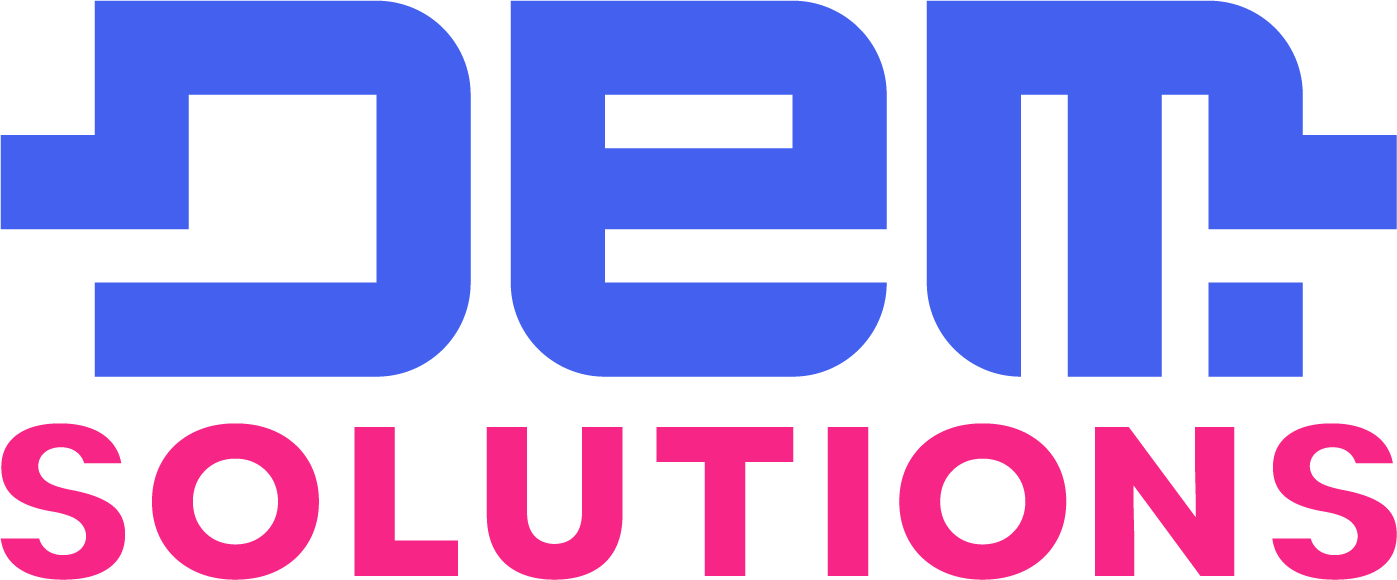Cloud technology has transformed the digital landscape, becoming the foundation for numerous applications and services that drive modern business and everyday digital experiences. Cloud technology enables the storage, management, and processing of data on remote servers, making it accessible from anywhere with an internet connection. By offering scalable resources and real-time access to data, the cloud has opened doors to cost-effective innovation, collaboration, and global connectivity. As companies adapt to the demands of an increasingly digital world, cloud technology continues to be a pivotal force reshaping industries.
Types of Cloud Technology and Key Benefits
Cloud technology is typically divided into three primary models: Infrastructure as a Service (IaaS), Platform as a Service (PaaS), and Software as a Service (SaaS). Each of these models provides unique benefits that address different aspects of computing needs.
Infrastructure as a Service (IaaS): IaaS provides essential infrastructure components like virtual machines, storage, and networks on a pay-as-you-go basis. By allowing companies to rent virtual hardware, IaaS reduces the need for physical infrastructure and lowers the associated maintenance costs.
Platform as a Service (PaaS): PaaS goes beyond infrastructure by offering a platform for developers to build, test, and deploy applications without worrying about the underlying hardware. PaaS enables quicker application development and provides development tools, database management, and analytics resources in one environment.
Software as a Service (SaaS): SaaS is a model where software applications are hosted on the cloud and accessed by users over the internet. SaaS has become popular in recent years with applications like Google Workspace, Salesforce, and Microsoft 365, allowing users to access sophisticated software without direct installation or updates.
These models provide essential benefits, including scalability, cost-efficiency, and flexibility. Businesses can scale resources up or down based on demand, pay only for what they use, and access data and applications remotely, promoting more flexible work environments and supporting global teams.
Cloud Technology and Data Security
While cloud technology offers remarkable advantages, data security remains a priority. As data moves off local storage and onto cloud servers, concerns over unauthorized access, data loss, and compliance are paramount. Cloud providers invest heavily in cybersecurity, incorporating encryption, multi-factor authentication, and access controls to secure data.
Furthermore, cloud platforms provide data redundancy, ensuring that data is duplicated across different locations to prevent loss from hardware failures. Data protection regulations such as GDPR in Europe and CCPA in the United States are reshaping how companies handle data privacy, prompting cloud providers to comply with strict privacy standards. These steps help mitigate risks and give companies confidence in storing sensitive data on the cloud.
In addition to protecting data, cloud security measures include monitoring for threats in real time. Advanced AI algorithms and machine learning models are often integrated into cloud platforms to detect unusual activity, flag potential security breaches, and initiate automated responses, enhancing the resilience of cloud environments.
Future Trends in Cloud Technology
The rapid evolution of cloud technology is paving the way for groundbreaking applications. One such trend is edge computing, a model that processes data close to where it’s generated rather than in distant data centers. Edge computing reduces latency and enables faster processing for applications that demand immediate responses, such as autonomous vehicles, smart cities, and IoT devices. With edge computing, cloud resources can be used in conjunction with local computing power, creating a hybrid environment that combines the best of both worlds.
Serverless computing is another trend within the cloud space that allows developers to build applications without managing the server infrastructure. Serverless architectures automatically allocate resources based on demand, optimizing costs and providing a scalable platform for application development. For businesses, this means more efficient deployment of digital services and applications without overprovisioning or underutilizing resources.
Finally, multi-cloud strategies are becoming more popular as companies seek to reduce reliance on a single provider. A multi-cloud approach allows businesses to utilize services from different cloud providers to meet specific needs, enabling redundancy and reducing the risk of service disruptions. This approach allows businesses to avoid vendor lock-in, making it easier to leverage the strengths of each cloud provider to achieve optimized outcomes.
In conclusion, cloud technology is revolutionizing the way we handle, store, and access data, delivering enhanced flexibility, security, and efficiency across industries. From small businesses to multinational corporations, the cloud is an enabler of digital transformation, fueling innovation and reshaping the future of technology.


